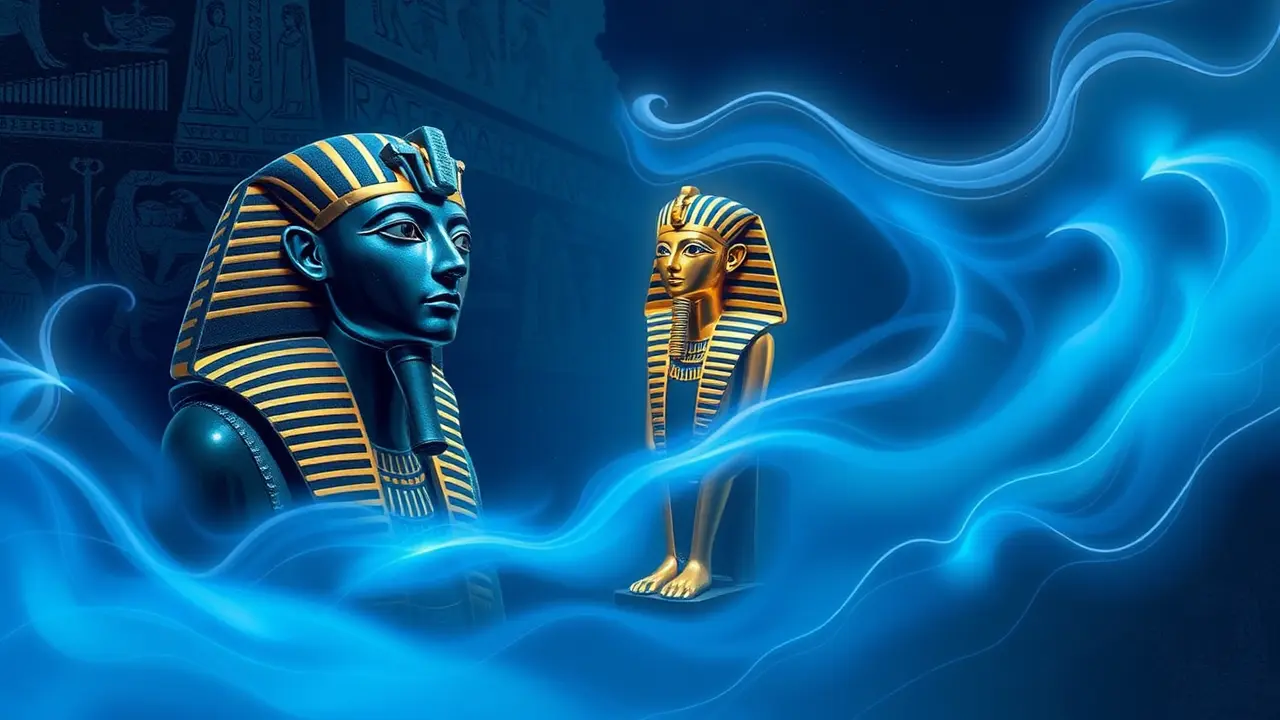The Met's Divine Egypt exhibition showcases ancient gods.
Stepping into the Metropolitan Museum of Art’s new exhibition, 'Divine Egypt,' is less like visiting a gallery and more like walking onto a sacred soundstage where the gods themselves are waiting in the wings, their stories etched in stone and gold. This isn't merely a collection of artifacts; it's the Met's first major foray into ancient Egyptian spirituality in a decade, a meticulously curated blockbuster that pulls back the velvet rope on a 3,000-year pantheon, bringing deities from Osiris to Bastet into startlingly intimate focus through a triumvirate of artistic expression: sculpture that seems to breathe, reliefs that whisper ancient prayers, and ritual art that still radiates with a primal, devotional energy.Think of it not as a history lesson, but as a cinematic epic where the special effects are provided by the sheer craftsmanship of forgotten artisans. The exhibition’s narrative power lies in its ability to juxtapose the colossal with the miniature—a towering granite statue of the falcon-headed Horus, symbol of kingship, its gaze still intimidating across millennia, stands in solemn contrast to a delicate faience amulet of the goddess Taweret, the hippopotamus-bodied protector of women and children, whose charm was meant to be held close, a personal talisman against the dangers of childbirth.This is where the curatorial genius shines, framing the divine not as distant, abstract concepts, but as active, tangible participants in the daily drama of human existence, from the pharaoh’s coronation to the farmer’s harvest. The reliefs, carved with an almost supernatural precision into limestone walls, function as a divine storyboard, depicting scenes like the weighing of the heart ceremony from the Book of the Dead—a sequence with more tension than any modern thriller, where Anubis, the jackal-headed god of mummification, presides over the scales of justice, determining a soul’s fate for eternity.The ritual objects, particularly a stunning gilded silver cult statue of the god Amun-Ra, are the exhibition’s undisputed stars; you can almost feel the heat from the lamps that once illuminated them in dark, incense-heavy sanctuaries, the flickering light bringing the polished metal to life and convincing worshippers of the god’s literal presence. This is where the show transcends archaeology and enters the realm of experiential theater.To fully appreciate this collection, one must understand the Egyptian artistic lexicon, where symbolism was everything—the crook and flail held by Osiris weren’t just regalia but representations of his role as shepherd and ruler of the underworld; the sun disk atop the head of the goddess Hathor wasn’t mere decoration but a declaration of her cosmic power. The exhibition smartly provides this context, allowing visitors to decode the visual language.It also doesn’t shy away from the complex, often contradictory nature of these deities; Seth, the god of chaos and violence, was also a necessary force who protected the sun god Ra during his nightly journey through the perils of the underworld—a nuanced character study in divine morality. The broader context here is crucial; 'Divine Egypt' arrives at a moment when global museums are grappling with issues of provenance and cultural patrimony, and the Met has taken clear pains to foreground the documented history of its pieces, a quiet but significant subtext in an era of intense scrutiny.Furthermore, the exhibition serves as a potent reminder of ancient Egypt’s enduring influence, drawing a direct line from these sculpted gods to the obelisks in our city squares and the sphinxes that guard our library doors. It’s a masterclass in narrative curation, one that understands that the true power of these objects isn’t just in their age or material, but in their ability to connect us, across 30 centuries, to the universal human yearning to give form to the formless, to find meaning in the cosmos, and to seek protection from powers greater than ourselves. It’s less an exhibition you see and more one you feel, a haunting and magnificent production where the final bow is taken by gods who have never truly left the stage.
JA
Jamie Larson123k3 hours ago
saving this to study later i love learning from your posts tbh this makes me wanna go see it
0
